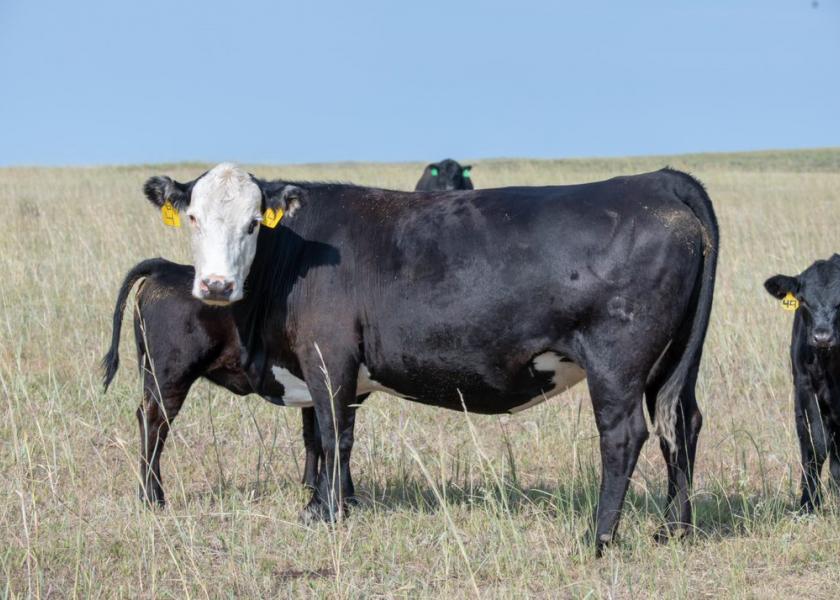Feeding Monensin to Cows Decreases Intake but Increases Efficiency

This year we are all searching for alternatives that can get our cows through the winter on the least feed and hay, without decreasing the long-term productivity of the herd. Even in “normal” years, feed and pasture is close to 70% of variable costs and 50% of total costs of maintaining a cowherd. Economic research has shown that high profit producers had 39% lower feed and pasture cost than low profit producers. So, practices that decrease feed costs without affecting productivity have potential to improve profitability.
Ionophores are a class of antibiotics that shift rumen microbial populations to increase energetic efficiency and reduce production of waste molecules such as methane. The ionophore monensin was approved for used in replacement beef and dairy heifers in 1983 and for beef cows in 1988, but there does not appear to be widespread adoption of its use in the cow-calf industry. The approval for feeding monensin to beef cows indicates that monensin should be fed continuously at a rate of 50 to 200 mg/head/day in a minimum of 1 pound of medicated feed/head/day and is not to be self-fed.
A team of researchers led by Dr. David Lalman from Oklahoma State University compiled the results of 26 experiments from 21 publications evaluating the effects of monensin supplementation on performance and reproduction of mature beef cows. This was published in the journal Translational Animal Science last summer and is freely available at https://doi.org/10.1093/tas/txac086.
Key findings for mature cows were:
- Bodyweight and body condition score changes were not affected by feeding monensin.
- Monensin significantly decreased forage intake by 7.8%.
- Milk production was increased by 5.4% in a small data set of experiments.
- Monensin also decreased the days to estrus post-calving by 18 days and increased the number of cows showing estrus before breeding by 19%.
- Calculated energetics from feed intake and performance data show feeding monensin increases dietary energy by 4.7%.
This supports using monensin to help push thin cattle to start cycling before breeding that would otherwise be late breeders or open. In current conditions, with limiting forage resources and high feed costs the 8% reduction in feed intake by mature cows is a major consideration in using monensin while supplementing cows this winter. The combination of reduced feed intake, increased milk production, and earlier estrus activity has the potential to have long-term positive impacts on cowherd efficiency. We will look at the results from the analysis of including monensin in diets for developing replacement heifers in a future article.







